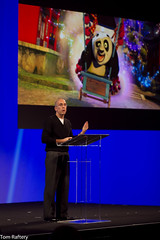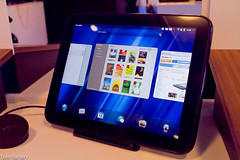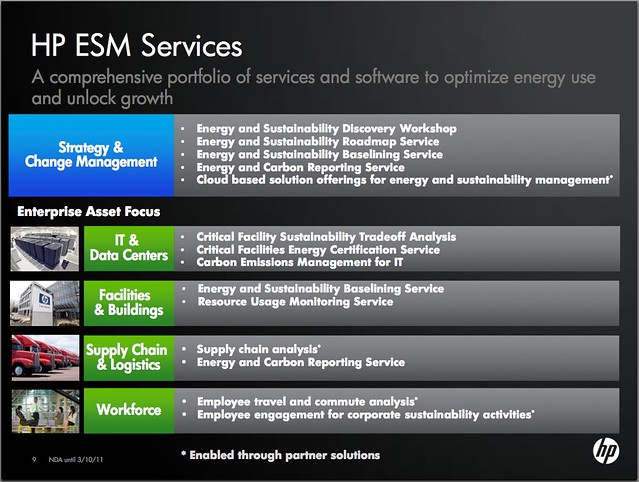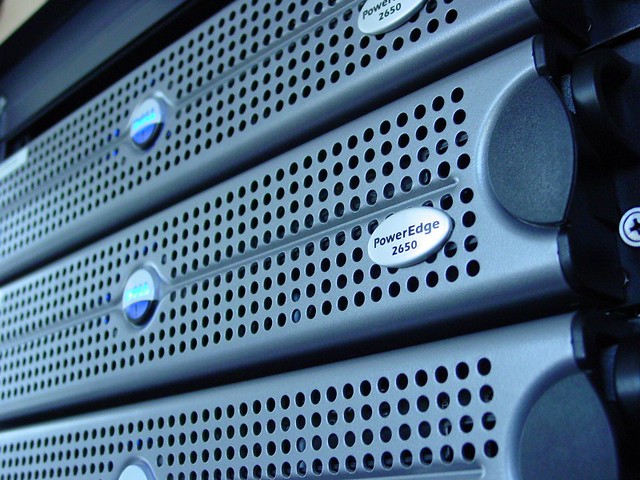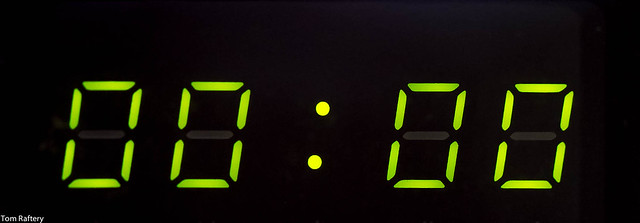I had a chat with IBM’s Dave Bartlett while we were both at at Pulse 2011 about the state of Smarter Buildings and Smarter Cities today and their possibilities. I posted the first part of it yesterday – in today’s post, we discuss the future for Smarter Buildings and cities
Here’s a transcription of our conversation:
Tom Raftery: Hi everyone! Welcome to GreenMonk TV. We are here at IBM’s Pulse 2011 Conference. And with me I have IBM’s Dave Bartlett.
Dave, you have become known as the Building Whisperer. We talked earlier about the state-of-the-now with smart buildings and that kind of stuff, but where is all this going? Sure, right now we can see the energy information coming from buildings. What are we going to be doing with this kind of stuff in five, ten years time? Where is it all going?
Dave Bartlett: Well, that’s where it gets really exciting. I mean, we have talked about how there is opportunity today to save significant energy, but if you think about the bigger play, the smarter planet play, the smarter city play, buildings is a key building block for those plays.
I mean, every building has meters. So you can take advantage of the Smart Grid Initiatives as they become realized, not only to take advantage of different time of day based pricing, but also help the city cope with or prevent brownout conditions and make sure energy is available to the core infrastructure.
Tom Raftery: So you would have buildings participating in demand response programs automatically and shifting load and that kind of stuff?
Dave Bartlett: Exactly! I mean, if you are running a city, the key thing, you want to keep the traffic system up, you want to keep the hospitals up. Maybe you don’t care about running the pool pumps in the hotel pools as an impending brownout occurs, so that you can start to make tradeoffs like that.
So it turns out smarter buildings is a great building block to create the smarter city and do that with —
Another example is emergency response. Let’s say there is a building that’s on fire. If it’s connected to a smarter transportation system, the transportation can be rerouted away from that block so that the engines actually can get to the building and not be prevented from traffic from getting there as soon as they could be.
You could also automatically power off the buildings. You could possibly decrease water pressures in the surrounding areas to maximize water pressure in that area.
So it’s a combination of the smarter water system, the smarter transportation system, the smart grid system, working with a smart building system, to really increase the efficiency of your emergency response team in the city.
Tom Raftery: Okay. You mentioned another example earlier which fascinated me. It was around just taking in weather information.
Dave Bartlett: Right. So a lot of times we operate our buildings without any thought to what the weather is doing, but if a cold front is coming within the next hour or two hours, you could make decisions as to whether or not to turn the air conditioning on or turn it off in anticipation of that.
We are also implementing a lot more free air cooling, kind of getting back to the days when we used to open windows right? A big new idea [laughs]. So unbolt some of those windows.
So being able to forecast the weather, being aware of what’s happening in terms of humidity and temperature and turn off the air conditioning and start leveraging free air cooling, not just for office environments, but for manufacturing uses, for the big chilling towers, a huge opportunity to save energy.
You don’t want to be toggling these systems back and forth. If you are really tied in a close way to weather forecasting, even on an hourly basis, you can make really good decisions when to toggle between free air and the system. So just a much smarter way to run our buildings, our manufacturing plants, our offices.
Tom Raftery: So it seems like right now the state of the now in smarter buildings that we are looking inside and the state of the future is the buildings themselves will be looking outside.
Dave Bartlett: Looking outside, because the buildings will then become — each of them will become a participant in creating or building a smarter building.
I like to say, how do you get a smarter city, one smarter building at a time. So they can become the building blocks; building blocks for — actually smarter buildings can become new eco-cubes within the city. The eco-cubes can then populate to make the subsections of a city, and then the city as a whole. So it’s a little bit easier way to approach it.
Buildings are a natural connection point for the electric grid, for water, as transportation hubs, security, and video feeds. So it’s just a natural building block. So I see, we can get going today and then have all those connection points in place and all of a sudden realize a smarter city very quickly.
Tom Raftery: Awesome! Dave, thanks a million! Thanks for coming on the show!
Dave Bartlett: Thank you!
Disclosure – IBM sponsored this video and paid T&E for me to attend Pulse.
You should follow me on Twitter here


